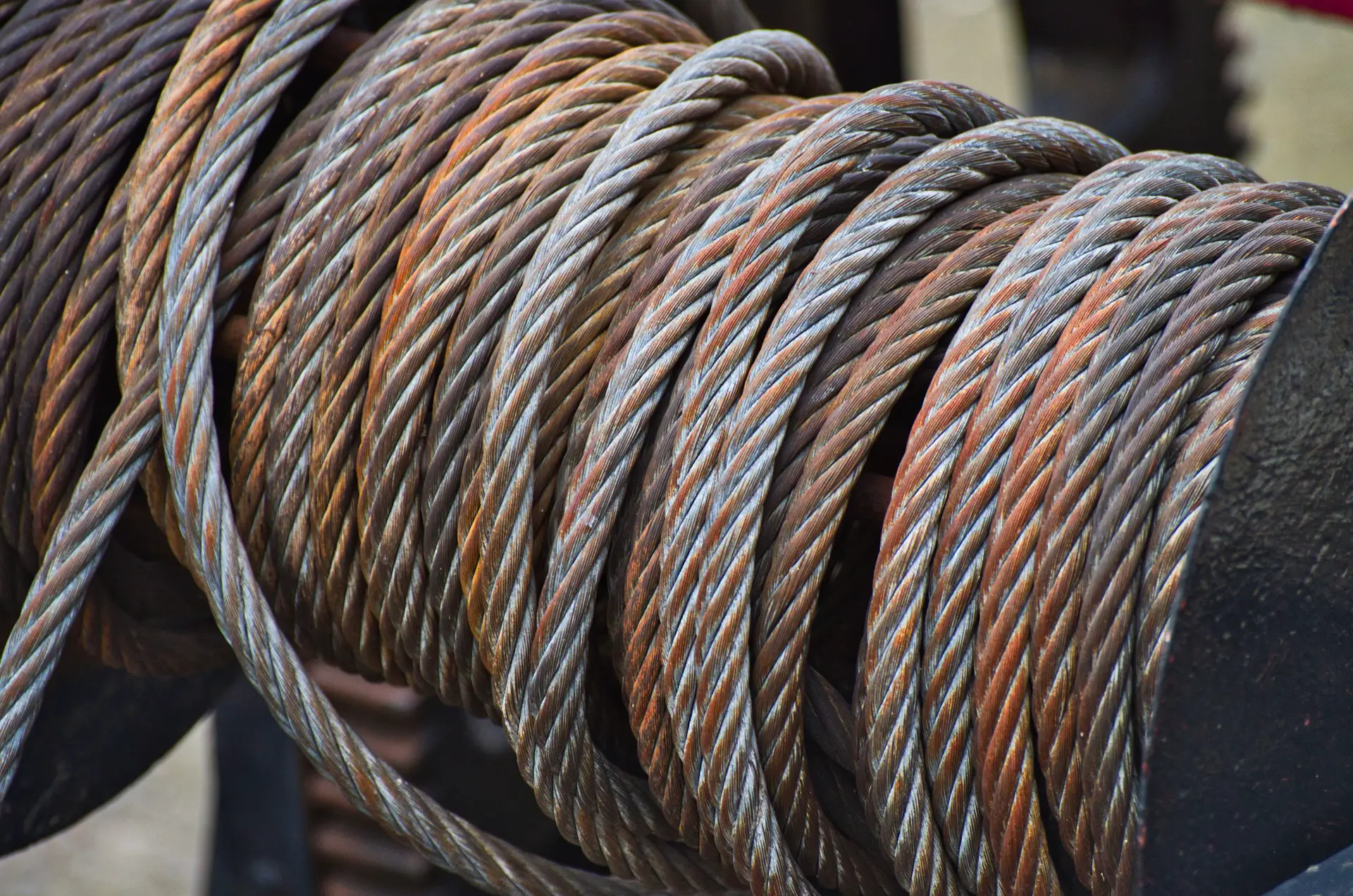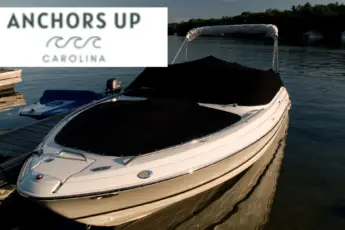As if backing a trailer into the water or retrieving it from the water isn’t tricky enough, winching a boat up on the trailer is equally as challenging. Georgia, South Carolina, and North Carolina have an abundance of boaters who rely on boat ramps to put the boat into and out of the water. While launching and retrieving, the winch affixed to the front of the trailer is utilized. Here is what you need to know about a boat trailer winch.
What Is A Boat Trailer Winch
The purpose of a trailer winch is to pull the boat up to the seated position on a partially submerged trailer at a launch.
Winches are designed to operate horizontally with a slight upward angle. When a boat is driven onto a trailer, it does not become seated properly without a winch.
Winches are designed to be hand-powered or electric. When utilizing a hand winch, the force is not directly applied to the crank handle turned by the person loading the watercraft. Instead, the gear is reduced, increasing torque and power with the revolution of the hand crank.
Electric winches work similarly to hand winches except for physically turning the handle. Instead, a motor operates by rotating the winch pulling to vessel up towards the tongue of the trailer.
Whether you choose electric or mechanical, a winch is necessary to seat the boat properly on the trailer. When a vessel is not in the correct position, it becomes unbalanced.
Remember that a boat trailer winch is not designed to hold the boat in position while launching, retrieving, or towing the vessel. Instead, a chain is affixed to the trailer to be clipped to the eye hook mounted beneath the gunnel at the bow.
Never rely solely on a winch to hold the boat on the trailer as it leads to disastrous consequences, including the vessel falling free from the trailer.
Where Is A Boat Trailer Winch Mounted
The boat trailer winch is positioned towards the front of the trailer behind the tongue connecting to the tow vehicle.
Winches are elevated on a boat trailer winch post welded or bolted to the trailer’s frame. The winch post is forward of the bunks where the vessel rests when seated on the trailer.
The winch is most commonly situated atop the winch post, allowing for the correct pull angle. Beneath the winch is the bow rest. The bow rest is where the front of the boat sits firmly against when the boat is winched into the proper position.
Remember, the boat is unlikely to be pulled up and onto the trailer without a winch. A tremendous amount of force is necessary without the torque applied by a winch.
What Are The Precautions When Winching A Boat
As mentioned before, launching and retrieving boats is no easy task, especially when you’re launching a boat on your own. Take these precautions when utilizing the winch.
Launching A Vessel
When launching a vessel, ensure that you or the tow vehicle operator has placed the vehicle in park and applied the parking brake once the trailer is in the water. Once confirmed, remove the safety chain and winch lock and slowly spin the handle allowing the cable and hook to pay out as the boat slides back.
Once the vessel slid to a point capable of being pulled or driven off the trailer, remove the hook at the end of the cable from the bow eye. Retrieve the slack cable and position the stopper, locking the winch.
Retrieving A Vessel
Again ensure the vessel is in park with the brake applied. The boat must be positioned where the eye hook is within reach from the winch.
Remove the lock and extend the winch cable to reach the eye hook. Clip the hook on the eye and begin cranking the boat inward to the tow vehicle. Once the vessel is snug to the bow rest and aligned, lock the winch and connect the safety chain before stepping away from the trailer and pulling out of the water.
While winching a boat, inspect the winch strap for signs of wear. When the strap displays fraying, replace the strap. We recommend RHINO Boat Winch Straps. Check out the 5,016 pound breaking strength strap RHINO manufacturers.
A Boat Trailer Winch Is Necessary When Launching And Retrieving Boats
Without a winch, good luck hauling that boat onto the bunks. Mechanical and electrical winches are designed to exude tremendous force. Winches are durable and can withstand the elements but remember to inspect. When boating and fishing in saltwater, rinse seawater that has come in contact to reduce the likelihood of corrosion.






